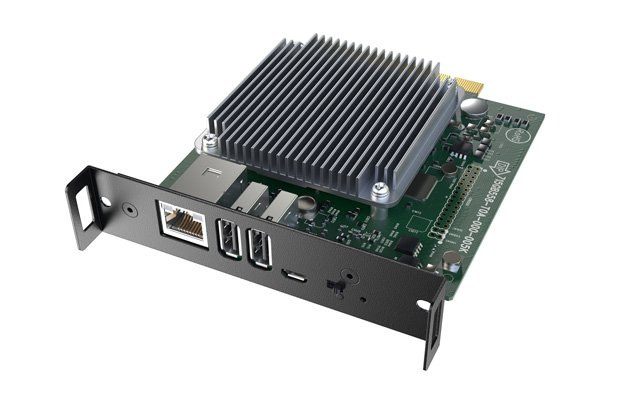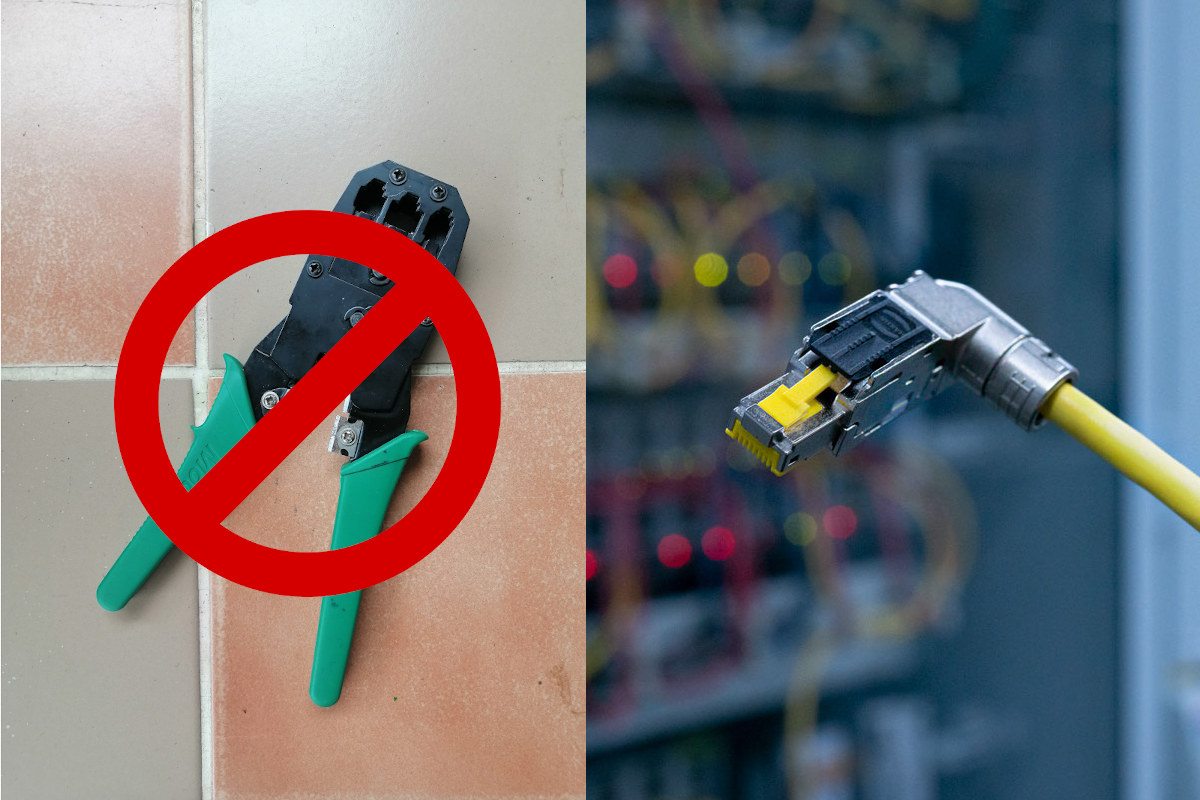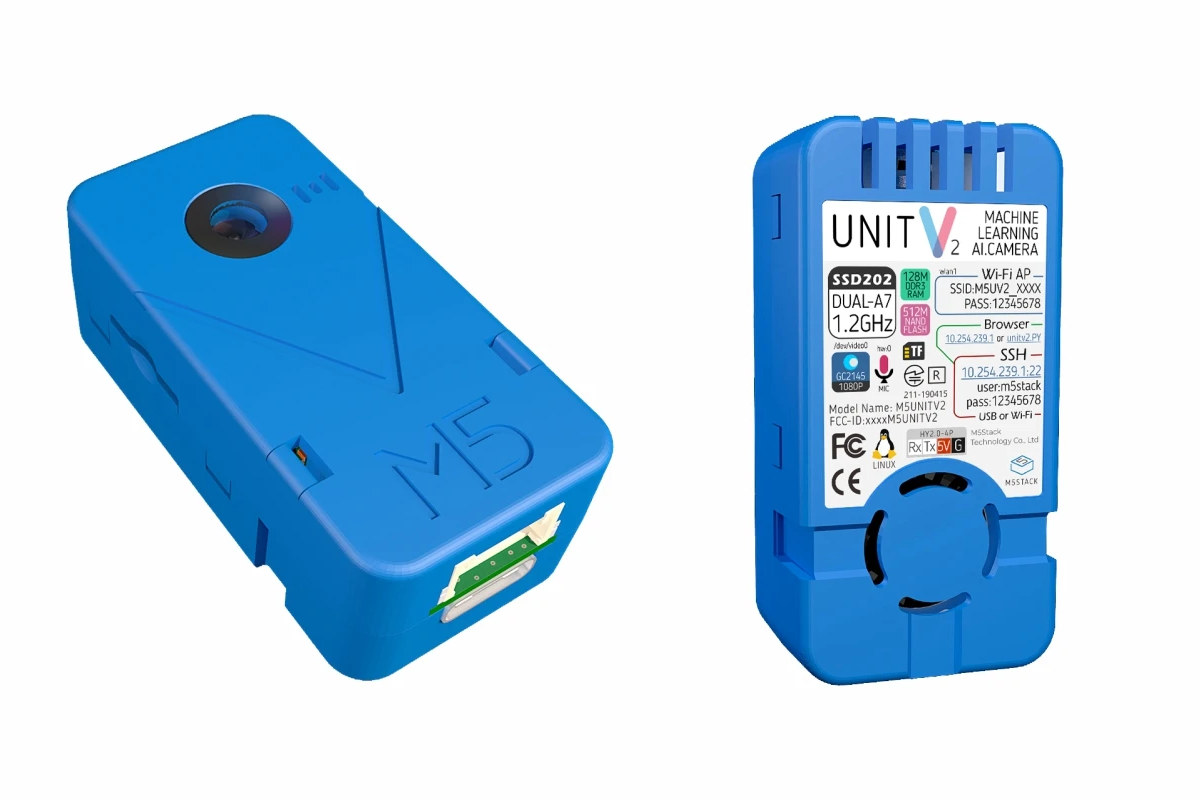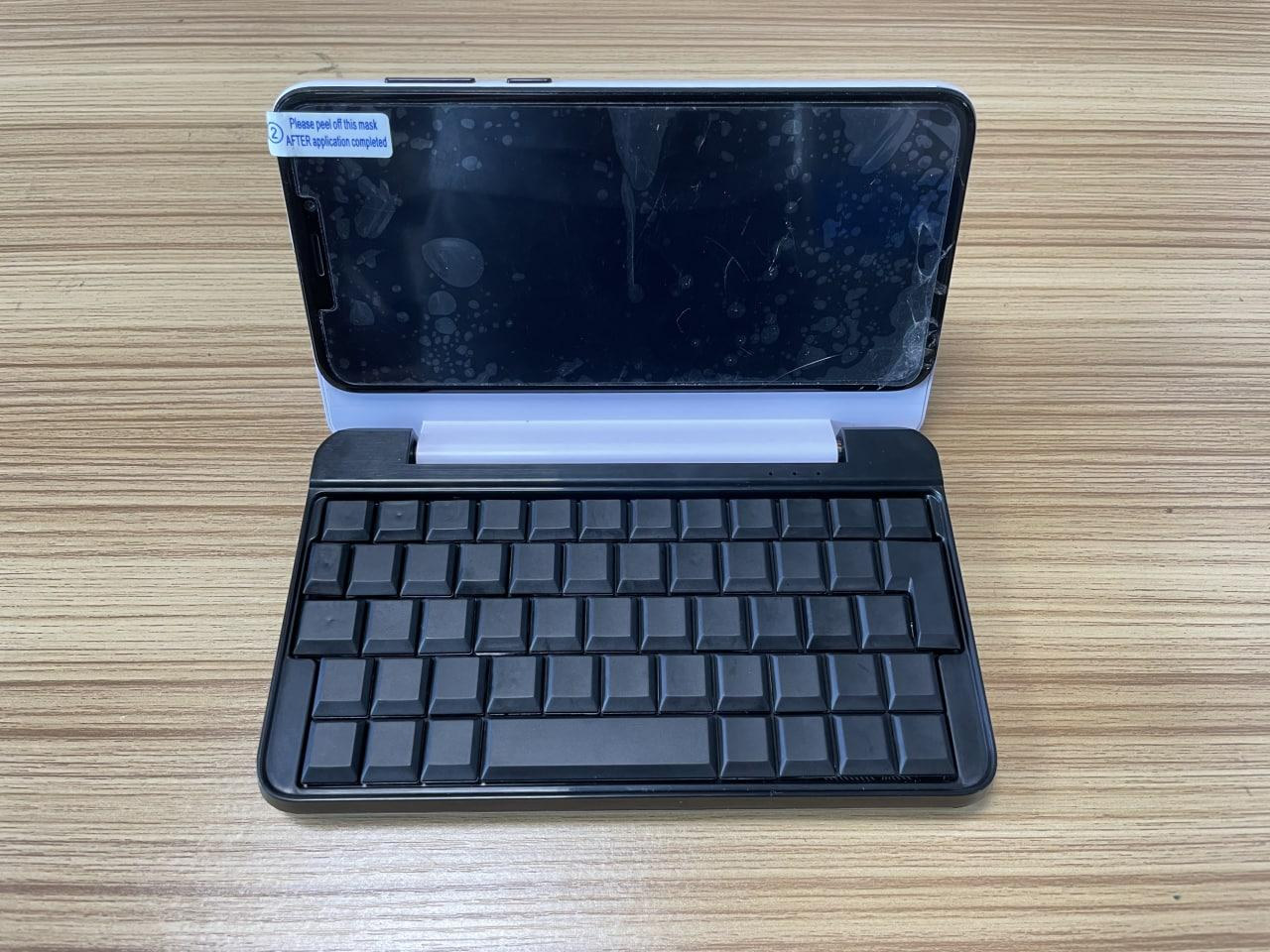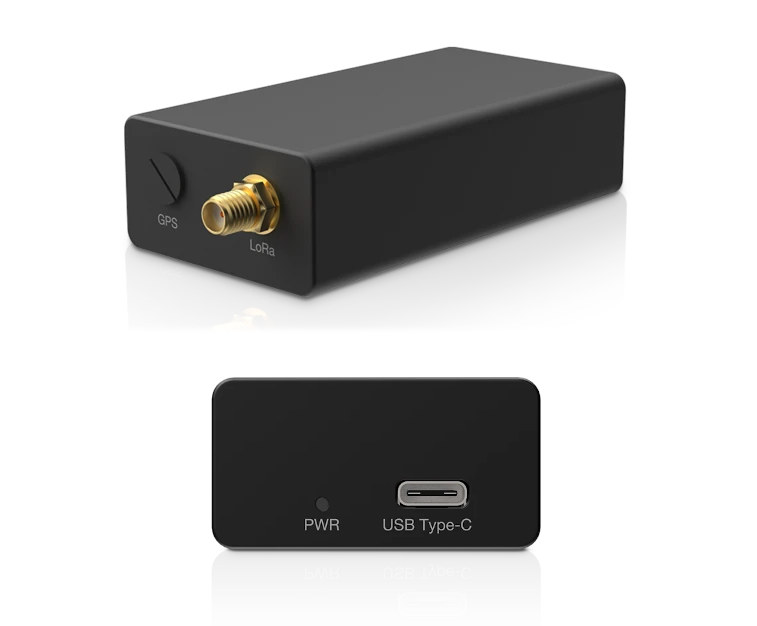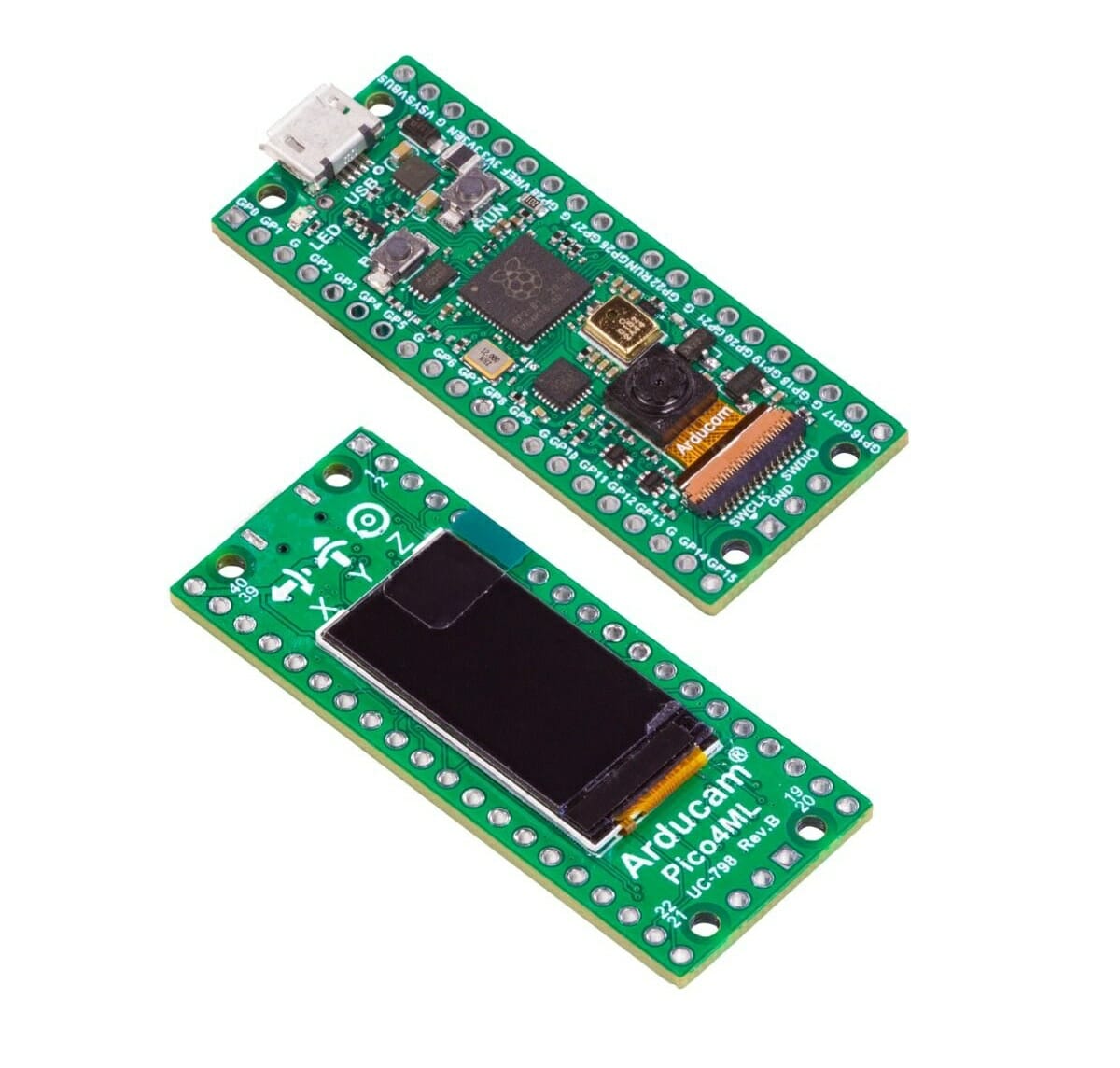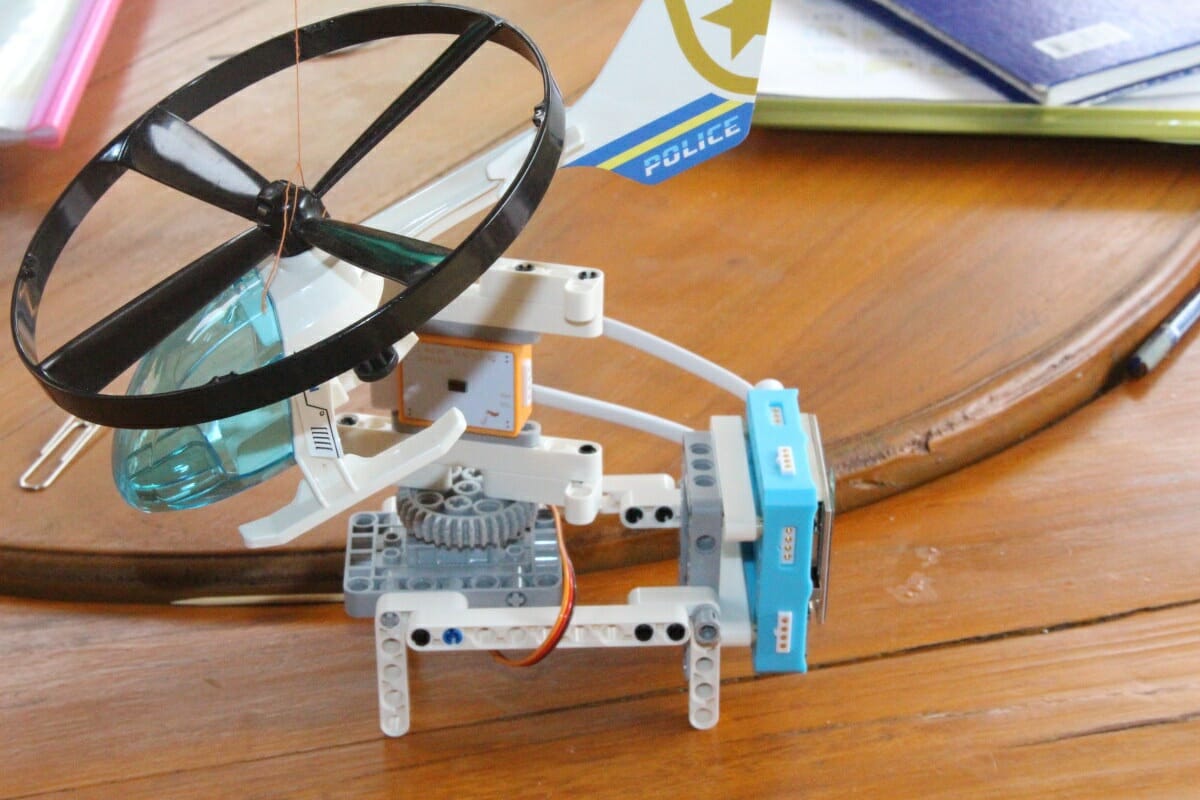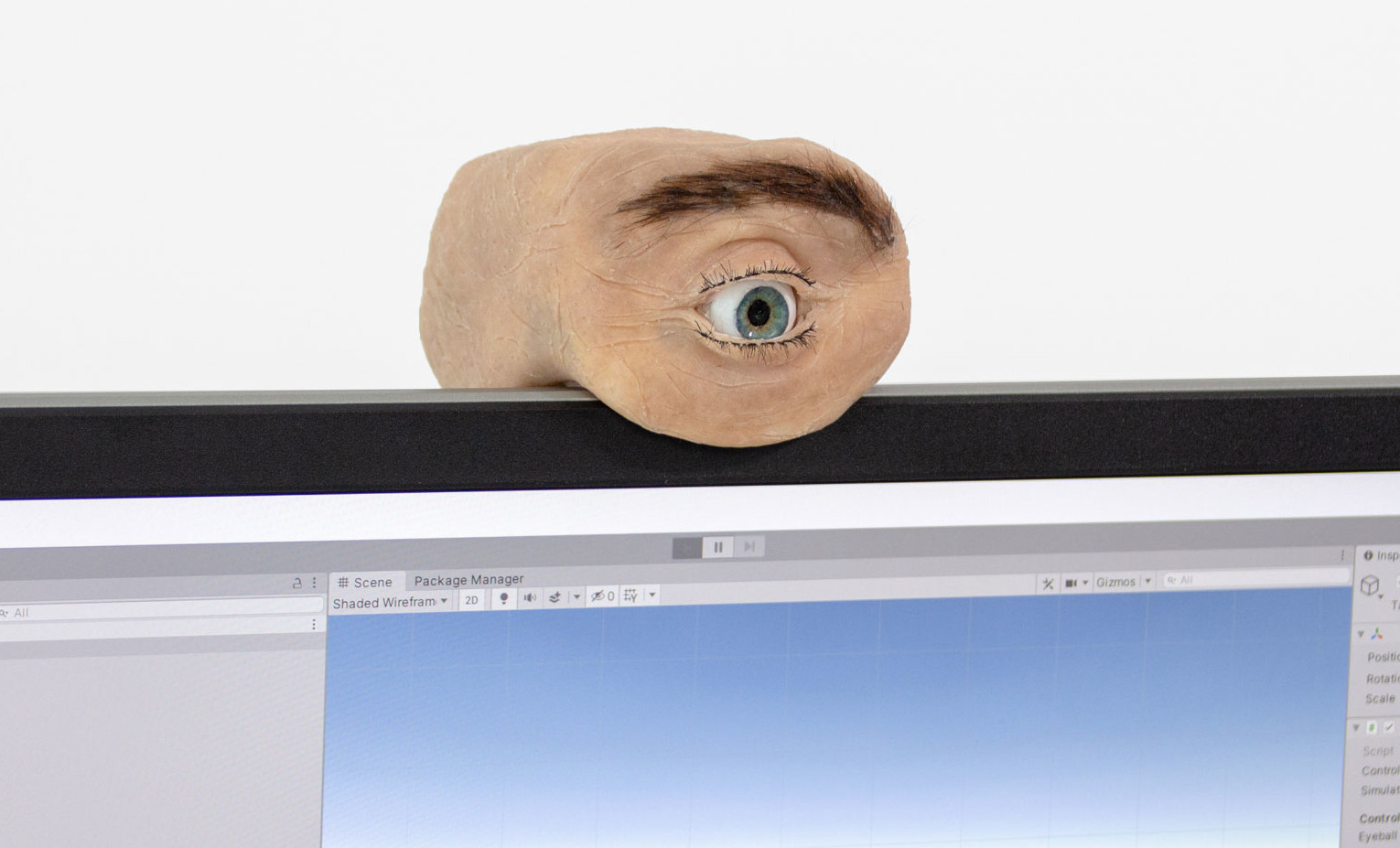NEC Display Solutions has been integrating Raspberry Pi Compute Modules into commercial displays used for digital signage and presentation platforms for over 5 years now. The company, now called Sharp NEC Display Solutions, has launched a new Intel Smart Display Module (SDM)-like slot-in card based on Raspberry Pi Compute Module 4 called “MPi4 NEC MediaPlayer Kit” and designed as an entry-level card alternative to the company’s Intel SDM slot-in cards designed for NEC large format 4K displays. MPi4 NEC MediaPlayer Kit specifications: SoM – Raspberry Pi Compute Module 4 “NEC Edition” with SoC – Broadcom BCM2711 quad-core Arm Cortex 72 @ 1.5GHz, VideoCore IV GPU with OpenGL ES 3.0 graphics, H.265 (HEVC) up to 4Kp60 decode, H.264 up to 1080p60 decode, 1080p30 encode System Memory – 4GB LPDDR2 SDRAM Storage – 32 GB eMMC flash Dimensions – 55 × 40 × 4.7 mm Interface Board for Raspberry Pi Compute Module […]
Tool-free industrial RJ45 connector speeds up cable assembly by up to 25%
You’d normally need a crimp tool to make or repair your own RJ45 Ethernet cables. The process is split into two parts with cable preparation for straight or crossed cables, and then assembly with the crimp tool, before testing your cable. Harting RJ Industrial Multifeature is an RJ45 connector that is described as “tool-free”, and “robust and reliable: with integrated cutting tools for fast and easy assembly. So the crimp tool is not needed anymore. The company explains it typically takes 50% of the time for the preparation of the cable and another 50% for connecting it to a traditional RJ45 plug. But the RJ Industrial Multifeature is said to save around 25% of the assembly time, by making the second part faster. You’d still need to prepare the cable in the traditional manner, but then the second part of the assembly should be quite faster and less prone to […]
M5Stack UnitV2 Linux AI camera features Sigmastar SSD202D SoC
We’ve written about SigmaStar SSD201/SSD202 processors several times now. The low-cost dual-core Cortex-A7 processor comes with 64MB or 128MB built-in RAM, and so far has been found in modules, smart displays, an SBC, and a gateway only available from China via stores like Taobao. But with mainline Linux support progressing nicely, it was only a matter of time until others make a product based on the processor, and M5Stack Unitv2 is an “AI” camera combining SSD202D processor with 128MB DDR3, and a GC2145 2MP camera sensor. M5Stack UnitV2 specifications: SoC – SigmaStar SSD202D dual-core Cortex-A7 processor @ 1.2 GHz with 128MB on-chip DDR3 Storage – 512MB on-chip NAND flash with around 100MB free space, MicroSD card socket Camera GC2145 1080p color sensor with USB UVC support 68° FoV, 60 cm to ∞ depth of field (DoF) Audio – Built-in microphone Connectivity – 2.4GHz WIFi 4 up to 150 Mbps USB […]
PinePhone Keyboard to make for a cheaper, albeit slower Cosmo Communicator
Pine64 PinePhone is a popular Linux smartphone among the developers and Linux enthusiasts’ communities and some of the most popular Linux operating systems support by the phone include KDE Plasma Mobile, PostMarket OS, Manjaro, and UBports for an Ubuntu Touch like interface. But soon, you’ll be able to use your PinePhone like a portable Linux computer, a 5.95-inch mini laptop of sorts, that’s similar to the 2-in-1 Cosmo Communicator device, but at a much lower price, albeit with lower performance, thanks to PinePhone Keyboard accessory. The PinePhone Keyboard is not quite ready yet, but Lukasz Erecinski (aka Luke) has shared the progress of the latest version of the prototype, and almost looks like a finished product, albeit we’re told another revision will be made as the tolerances on the keycaps are not suitable. Here are some of the main features we can expect from the keyboard: QWERTY keyboard (by default). […]
Check LoRaWAN deployments on the go with WisGate Developer Base USB dongle
RAKWireless just had their “Big Tech Bloom” event services they announced many new LPWAN products ranging from WisDM fleet management system, OpenWrt based Wisgate OS, new industrial LoRaWAN gateways like WisGate Edge Lite 2, their first STM32WL module, as well as 9 new modules for WisBlock modular IoT platform with MIC, e-Paper display, GPS, an ESP32 based WisBlock core, etc… But today, I’ll have a look at the new $99 WisGate Developer Base, a USB dongle that connects to a laptop for LoRaWAN networks evaluation, for example, to check the coverage before installing a new gateway. Alternatively, it could also be used to add LoRaWAN gateway capability to existing embedded hardware like routers or industrial PCs. Two variants of the WisGate Developer Base are available – RAK7271 & RAK7371 – with the following specifications: Concentrator modules RAK7271 – RAK2287 SX1302 based mini PCIe concentrator module RAK7371 – RAK5146 SX1303 based […]
Arducam Pico4ML Board – TinyML on Raspberry Pi RP2040 with QVGA Camera & Display
A few months ago, ArduCAM demonstrated person detection on Raspberry Pi Pico with Arducam camera using TensorFlow Lite, and later we noted more work was being performed to bring machine learning to RP2040 platforms, notably with the development of Arducam Pico4ML board with a built-in camera and display. At the time, i..e last month, all we had were some renders of the board, but now Arducam Pico4ML pre-orders have launched for $49.99 on UCTRONICS and Tindie stores. Shipping is scheduled to start at the end of the month, so let’s have a closer look. Arducam Pico4ML TinyML devkit specifications: Microcontroller – Raspberry Pi RP2040 dual-core Cortex-M0+ MCU with 264 KB of embedded SRAM Storage – 2MB SPI flash Display – 0.96-inch LCD SPI Display (ST7735) with 160 x 80 resolution Camera – HiMax HM01B0 QVGA camera (320×240 @ 60fps) Audio – Built-in microphone Sensor – IDK ICM-20948 9-axis IMU (gyroscope, […]
Crowbits Master Kit Tutorial – Part 2: ESP32 intrusion scanner and visual programming
I started Crowbits Master Kit review last month by checking out the content, user manual, and some of the possible projects for the ESP32 educational kit including a 2G phone and a portable game console. For the second part of the review, I’ll go through one of the lessons in detail, namely the intrusion scanner to show the whole process and how well (or not) it works. Let’s go to Lesson 5 directly, although I’d recommend going through the first lessons that provide details about the hardware and visual programming basics using Letscode program, which is basically a custom version of Scratch for Crowbits The user manual introduces the project, explains it is to detect intruders, and lists the learning goals as we’ll learn how to control the servo and play music on the Crowbits kit. Kit Assembly But first, we’ll have some assembly to do, in a similar way […]
Eyecam open-source webcam will make you feel spied on
Most people will use webcams connected to a computer or integrated into a laptop without thinking about the possibility of being spied on, but Eyecam will certainly raise awareness and make you feel like somebody is truly watching. The open-source webcam is shaped like a human eye and acts like one thanks to a Raspberry Pi camera and an Arduino board controlling six servos for eyeball, eyelids, and eyebrows movements. The project was conducted at Saarland University in Germany, and Eyecam looks amazingly realistic – and creepy – with the eyeball and eyelids moving, especially when face tracking is enabled, and expressions are possible with servos controlling the eyebrows. The webcam is comprised of 3D printed parts, a Raspberry Pi camera connect to Raspberry Pi Zero recognized as a USB webcam from the host, and an Arduino Leonardo Pro Micro to control the 6 servo motors. On the software side, […]


